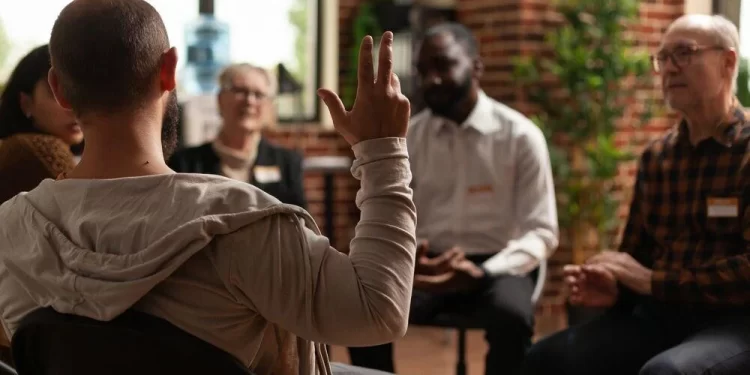By Anthony Hennen | The Center Square
(The Center Square) – Pennsylvania ranks high among the list of states reporting a rise in deaths from an animal tranquilizer that’s immune to existing overdose-reversing medications.
Xylazine, also called Tranq, killed 102 people in 2018, according to federal data. That figure increased 35-fold just three years later. For the states in CDC’s Region 3 – Pennsylvania, Delaware, Maryland, Virginia, West Virginia and Washington D.C. – the overdose rate is nearly quadruple the national average.
“Philadelphia is very much the epicenter of xylazine,” Destinie Campanella, the harm reduction program director at Unity Recovery, said. “It’s a public health crisis.”
Unity is a recovery community organization that works in Philadelphia, Pittsburgh, and Texas, offering peer support services, harm reduction, the overdose-reversal drug naloxone (also known as Narcan), fentanyl and xylazine test strips, wound care and wound care training, as well as safe injection and use kits.
In Pittsburgh, they have received grant funding from the Department of Drug and Alcohol Programs for a drug recovery hub, as The Center Square previously reported.
Although the public is only learning more about xylazine now, for RCOs like Unity, it’s well-known. Harm reduction advocates, Campanella said, have been warning of xylazine for over five years and Unity has included it in Narcan training since 2019.
“This has been something that’s been in our supply for quite a few years; however, it has significantly increased within the last three years,” Campanella said. “The last two years, it has been found in over 90% of dope tested in Philly.”
The CDC noted that between 97%-99.4% of overdose deaths with xylazine from 2018-2021 also mention fentanyl.
“I haven’t seen a straight opioid overdose in years,” said Miles Jaworski, a harm reduction specialist at Unity. “The way that I reversed an overdose when I was on the street five years ago is completely different.”
Xylazine complicates overdoses and recovery programs alike. Unlike fentanyl, it’s not an opiate, so naloxone isn’t effective on it. It’s a respiratory suppressant, which can cut off air supply if someone overdoses in an unfortunate position.
“It’s taking us between 10-20 minutes to bring people back now,” Campanella said. “You still want to administer Narcan because the Narcan is going to knock the opioid — meaning the fentanyl — it’s going to knock the fentanyl off the person’s brain receptors. So you still want to administer the naloxone. But what’s absolutely crucial to that person is rescue breaths or some form of oxygen.”
That means things like Ambu bags (a manual resuscitator) and oxygen tanks to reverse an overdose are becoming more common in the field.
Many recovery programs have not adapted to the changing drug supply.
“Xylazine is a non-opiate, so the way for anybody who’s interested in getting any kind of supportive services or any type of treatment services, people are being treated for fentanyl and not xylazine,” Campanella said. “So things like methadone or things like suboxone — they’re for opiate use disorder; therefore, they’re not effective for xylazine.”
To get to the point where xylazine users accept support, Unity workers emphasized the importance of establishing trust and removing stigma. They also want to see more funding for things like harm reduction programs and wound care outside hospital settings, better hygiene access for users such as clean water and facilities, as well as updated protocols for managing withdrawal.
Updating the public response to xylazine has gotten more attention in recent months. In April, the Office of National Drug Control Policy declared xylazine in fentanyl an emerging threat.
The Philadelphia Department of Health has collaborated with local hospital systems and updated overdose response trainings “to incorporate the risk of fatal overdose.” Officials say they “look forward to the advances that a national focus on preventing further harms from xylazine can bring.”
The greater focus could also help with what Campanella calls “the basic humanization of people who use drugs.”
“These are individuals that are victims of the criminal drug market,” she said.




